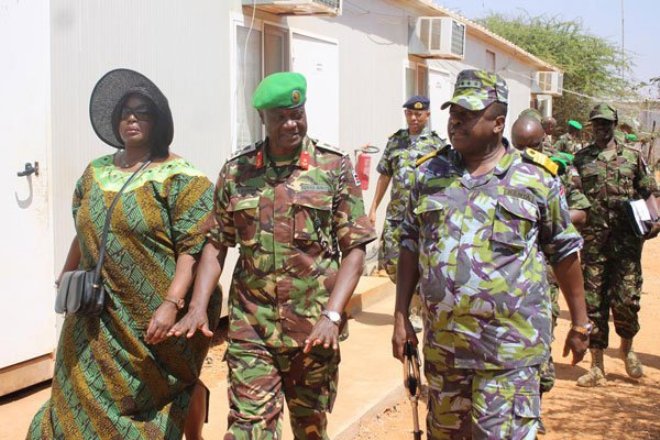
Sunday May 7, 2017

Military analysts are raising questions about the potential strategic impact of two weapons systems Kenya has been cleared to purchase in the US for use against Al-Shabaab in Somalia.
The Kenyan government could spend up to $671 million (Sh67.1 billion) in a pair of pending deals involving a dozen attack helicopters and the same number of weaponised agricultural aircraft.
“Although Kenya has acknowledged a lack of airstrike capacity, we do not know what the immediate impact of these planes will be,” said Dr Nan Tian, an arms researcher with the Stockholm International Peace Research Institute (Sipri).
Both deals include temporary provision to Kenya of specialists from the respective US contractors who would assist with training and technical matters. But it remains to be seen whether Kenyan pilots will be trained sufficiently to fly the MD 530F Cayuse Warrior helicopters and Air Tractor AT-802L aircraft, Dr Tian said.
Dr Tian said the effectiveness of the weapons systems in combat conditions in Somalia also remained unclear.
CROP DUSTERS
The light-attack helicopters and converted crop dusters could prove “vulnerable to Shabaab counter-measures,” commented Dr Stig Jarle Hansen, author of a book on the history and ideology of al-Shabaab. “These weapons systems are slow-moving and only lightly (if any) armoured. They are vulnerable to small-arms fire,” Dr Hansen wrote in an email to the Sunday Nation.
Shabaab is also reportedly equipped with anti-aircraft weapons and man-portable air defence systems (Manpads) that are capable of hitting targets flying at high altitudes.
Somali militants used rocket-propelled grenades (RPGs) to shoot down two US helicopters in Mogadishu in 1993. And in 2002, attackers affiliated with al-Qaeda — to which Shabaab pledges allegiance — fired two Manpad rockets at an Israeli passenger jet taking off from Moi International Airport in Mombasa. The shooters missed their target.
The arms packages that the US has permitted Kenya to order from New York-based L3 Technologies and Arizona-based MD Helicopters may not be deployed in the near term.
The head of a North Carolina-based competitor to L3 has suggested it could take the Air Tractor producer two years to deliver the aircraft. That deal, announced in January, remains unfinalised, with a US congressman charging that Kenya is overpaying for a weapons system that has not been proven in combat. Congress’ investigative arm is examining the proposed Kenya-L3 arrangement.
VITAL FACTORS
Enhanced aerial firepower will not in itself be decisive in efforts to subdue al-Shabaab, said Abdullahi Boru, a Horn of Africa security analyst.
“A fully functioning Somali National Army, the state’s capacity to provide services” and other factors are also vital for the campaign against the Islamist militants, Mr Boru said.
On the political front, the Kenyan government’s move to commit as much as $671 million for arms purchases may prove controversial in the run-up to the August elections.
The amount of money involved and the number of choppers and planes to be acquired are maximum figures, US government officials point out. Kenya could ultimately spend less and acquire fewer helicopters, fixed-wing aircraft and related weapons.
But the transactions could nevertheless prove to be of great magnitude for a country that already spends an estimated $933 million (Sh96 bilion) a year on its military. Kenya’s defence budget ranks as the largest of any country in East Africa, according to a Sipri report.